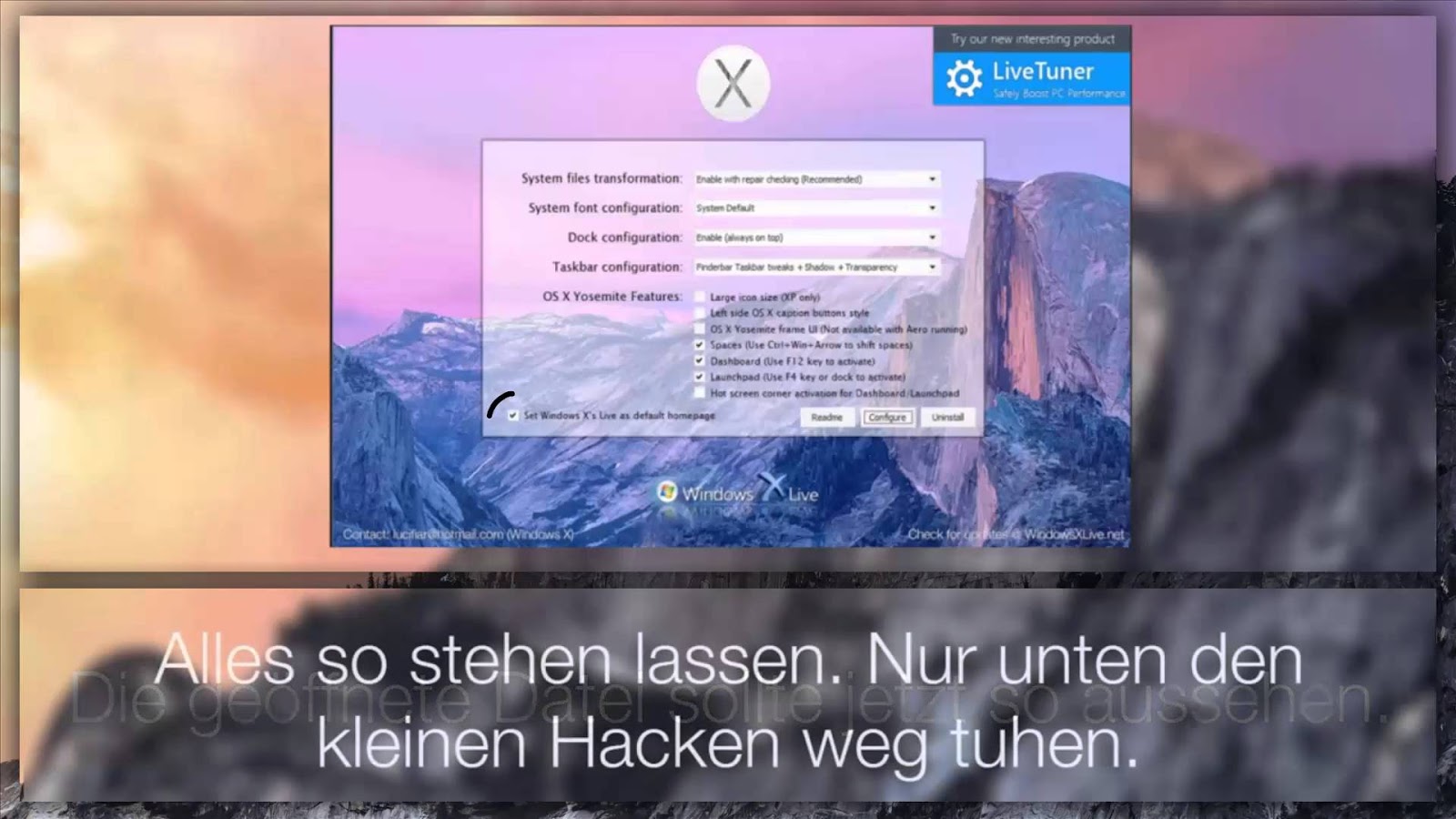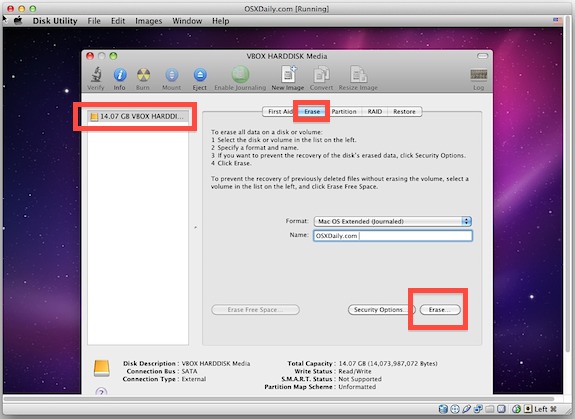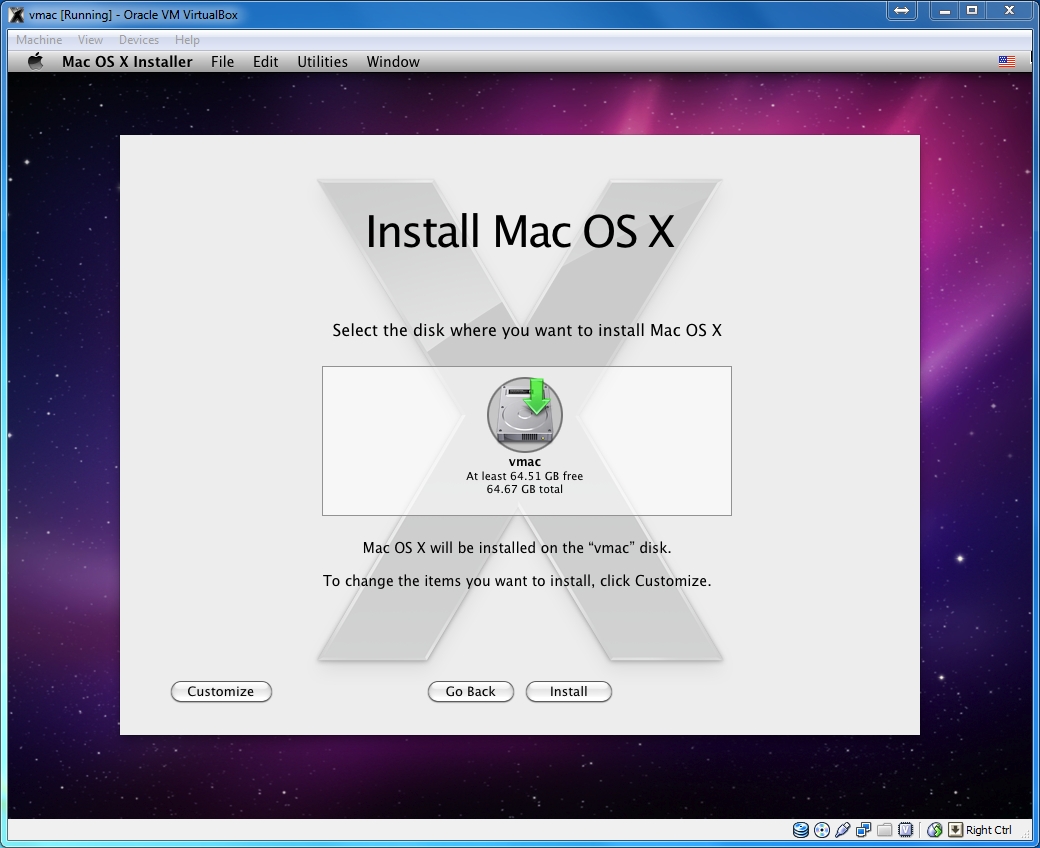Download iBoot.iso. Step 3 Insert your Mac OS X Snow Leopard installation DVD into your computers DVD drive. Then open ImgBurn and create an ISO image file of the installation DVD. Note the location of this ISO file, you’ll need it later. Step 4 Open Oracle VM VirtualBox and create a new Virtual Machine. Download iBoot.iso here. step 3 Insert your Mac OS X Snow Leopard installation DVD into your computers DVD drive. Then open ImgBurn and create an ISO image file of the installation DVD. Note the location of this ISO file, you’ll need it later. step 4 Open Oracle VM VirtualBox and create a new Virtual Machine. For the OS Type Operating.
Hi. I thought I'd share my experience getting MacOS running as a guest OS. My host OS is Ubuntu Karmic with VirtualBox 3.1.4. My system is a 2GHz Core2 Quad laptop.Mac Os X Snow Leopard Iso For Virtualbox Download Mac
I initially configured VirtalBox as indicated above: FreeBSD 64-bit, IO APIC, 2 CPUs, 982MB RAM, ICH6 HD controller, PAE, VT-x, nested paging, and the undocumented SupportExtHwProfile flag. I attempted to boot iATKOS 7, which is based on MacOS 10.5.7, from an ISO image. With the given configuration, the installer got a kernel panic during boot: 'simple lock deadlock detection.' After some experimentation, I found that the installer will boot only if I give it exactly one CPU.
 Once I got into the installer, some more experimentation was necessary. After the first install, it wouldn't boot until I manually installed the Chameleon2 bootloader from the Utilities menu. I also got a 'commpage no match for last' panic until I selected the Voodoo9.5 kernel instead of the stock kernel. Finally, I loaded the ApplePS2 driver for mouse and keyboard.
Once I got into the installer, some more experimentation was necessary. After the first install, it wouldn't boot until I manually installed the Chameleon2 bootloader from the Utilities menu. I also got a 'commpage no match for last' panic until I selected the Voodoo9.5 kernel instead of the stock kernel. Finally, I loaded the ApplePS2 driver for mouse and keyboard.And then it booted! I never thought I would see the day. And it's fast, too; much faster than under [competing virtual machine manager]. Some things are still broken, obviously. Video works, but only up 1024x768 and without Quartz Extreme (with means no Time Machine, among other things). No networking. No audio. Occasional crashes (e.g. when selecting About this Mac). Some of this brokenness might be remediable with some driver fiddling, but at this point I'm pleased just to have it running at this level.
MacOS is an operating system that continues to both disgust and fascinate me. While it represents much that I dislike both in design and philosophy, I'm glad that I have the opportunity to fiddle with it in a virtual environment, without letting it touch real hardware.
VirtualBox is a real gem. I only hope that the recent changes will not stand in the way of further progress of this great program.
If any of the VirtualBox developers happen to be in town, I will be happy to buy you a beer.

It is impossible to install Mac OS X Snow Leopard inside Virtualbox using Windows in the past due to incompatibility issues. Unless you make use of custom modified Mac OS X builds, you may stand a chance in getting the Mac OS X Snow leopard installed inside Windows. But there is no need to wait any longer. Install Mac OS X Snow Leopard inside Virtualbox using Windows is possible. There are guides out there that state that you will need a Mac 10.6.3 disc etc, but there is no need to. I will show you how to install with the retail disc. I don’t think there is a need for any particular version. For anyone who claimed that they have failed or get stuck in the installation, it is probably due to the settings in Virtualbox.
Step 1
Preparation
1. Download or get a copy of the Mac OS X Snow Leopard installation CD. I don’t think it is appropriate for me to reveal openly where to get a copy. Ermm..
2. Download the iboot software from tonymac forums.

3. Install Virtualbox software. I don’t think I need to elaborate on how to do this? Download the Virtualbox Extension pack and install as well. This is optional, but I think it helps to improve the stability and usablity of the USB support when you install Mac OS X in Virtualbox
Reboot your computer so that the settings can be written and your system is updated
Step 2
Setup Phase
Start up the Virtualbox software. Click on “New” icon and create a new virtual machine. In the first entry, type in any name for this new machine. Select Mac OS X for the “Operating System” and “Mac OS X Server” for the Version.
Under General Settings, under Processor tab, use 1 CPU if you experience the Kernel Panic all the time. I find it more stable to run using a single CPU.
The rams will be default at 1Gigs, but if you have a ton of rams, it is recommended you adjust the memory higher. But don’t over do it or your own system will suffer from lag.
The next prompt will ask you if you wish to create a new disk or use an existing one, choose create a new disk and the type will be VDI. I prefer fixed size drives then dynamically expanding. Fixed size drives tend to be more stable.
Remember that you are going to install a Mac OS X which requires at least 12 Gigs of basic installation space. So create a large disk, personally I feel that it should be of at least 50 Gigs.
After creating the disc, it will show up as one of the virtual machines you can use on the left side. Now we will need to edit some of the settings. Highlight your virtual machine and click on the “settings” icon at the top. You are required to make changes to the following.
1. Under the “System” => Exended features, uncheck the “Enable EFI”
2. Under the “Display” => Video Memory, increase it to the max and enable 3D (optional )
3. Under the “Storage” => remove the current arrangement and re-attach as IDE and not Sata. Also change the IDE Controller to be ICH6
Sponsored links
4. Audio should be set as Intel HD Audio
5. Network => Set as Nat but click on the “Advanced” tab and change it to Intel Pro/1000MT
Step 3
Installing
There are a few ways to mount the disc, but I will state one of the ways. Highlight your Mac OS X virtual machine and Start the virtual machine going. Once it has started, click on “Devices” => CD/DVD => Choose a virtual CD/DVD file.
Browse from here and navigate to your iboot.iso file and select that file. After that, click on the “Machine” ,menu and select “Reset”. The iboot interface should show up. If it does not show up, hit F12 when the virtual machine is just about to start up and hit c to choose to boot off from CD drive.
Now click on the Devices” => CD/DVD => Choose a virtual CD/DVD file. Choose your Mac OS X Snow Leopard.iso file or just point to the drive that has the physical Mac OS X DVD. Click on the virtual machine and Hit F5 so that all commands will be registered in the virtual machine and not on your Windows computer.
Mac Os X Snow Leopard Iso For Virtualbox Download Free
The icon should now change to a Mac OS X instead of iboot. Hit enter and it will proceed to install. You will eventually get to the Mac OS installation interface screen. After selecting your languge, click on the “Utilities” => “Disk Utility”. You will need to partition your drive.
At this phase of the installation, you can follow the previous guides on how to install the Mac OS X onto a normal computer and finish off with the installation. The only difference will be that when you need to eject the installation disc so that you can insert the iboot disc, simply mount and unmount the iso via the Virtualbox software.
Mac Os Snow Leopard Vdi

Due to the fact that “Shared folders” in Virtualbox do not work for Mac at all, one way to share files between the Virtual Mac and the computer is to create a network file sharing setup and connect to the Windows via IP.
From your host Windows operating system, Press the “Windows Key + R” and type “cmd” without the quotes, hit enter to open the command prompt. Type “ipconfig” without the quotes and hit enter. You will get a listing of IP addresses. Identify the IP that belongs to your computer.
Using the Mac OS X in Virtualbox, you must connect to your Windows Desktop by means of networking. Go to the “Settings” option of the Mac OS X, under “Sharing”, put a tick on enable file sharing.
Click on the Finder, or Desktop and click on the “Go” option in the menu followed by “Connect to Server”. Key in your IP into the box as follows.
You may get a prompt asking you which account, password etc. This is the folder that you have set to share in your Windows computer. If you did not enable sharing at all in your Windows computer, you won’t be able to connect your Virtualbox Mac OS to your Windows.